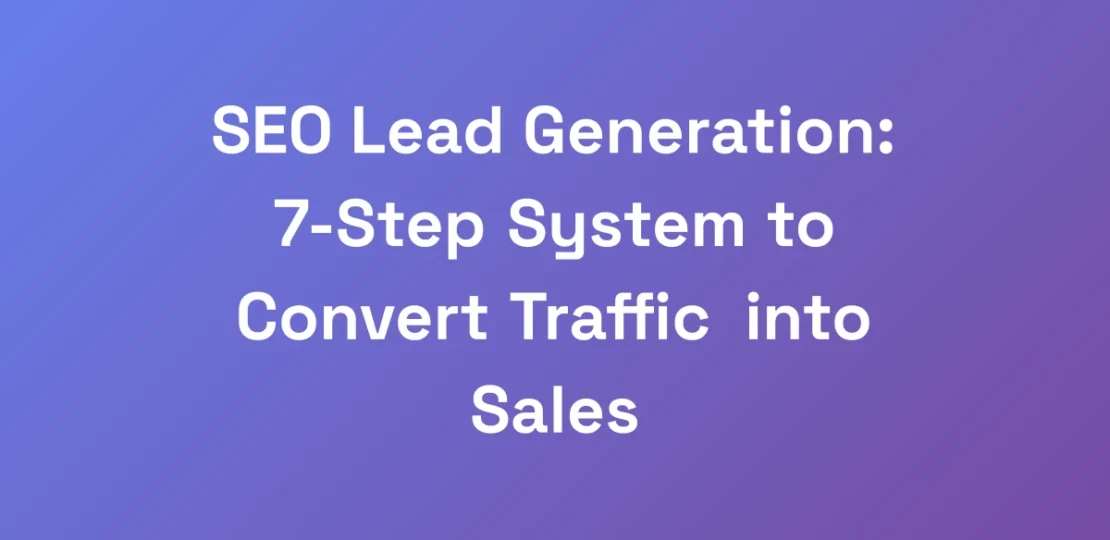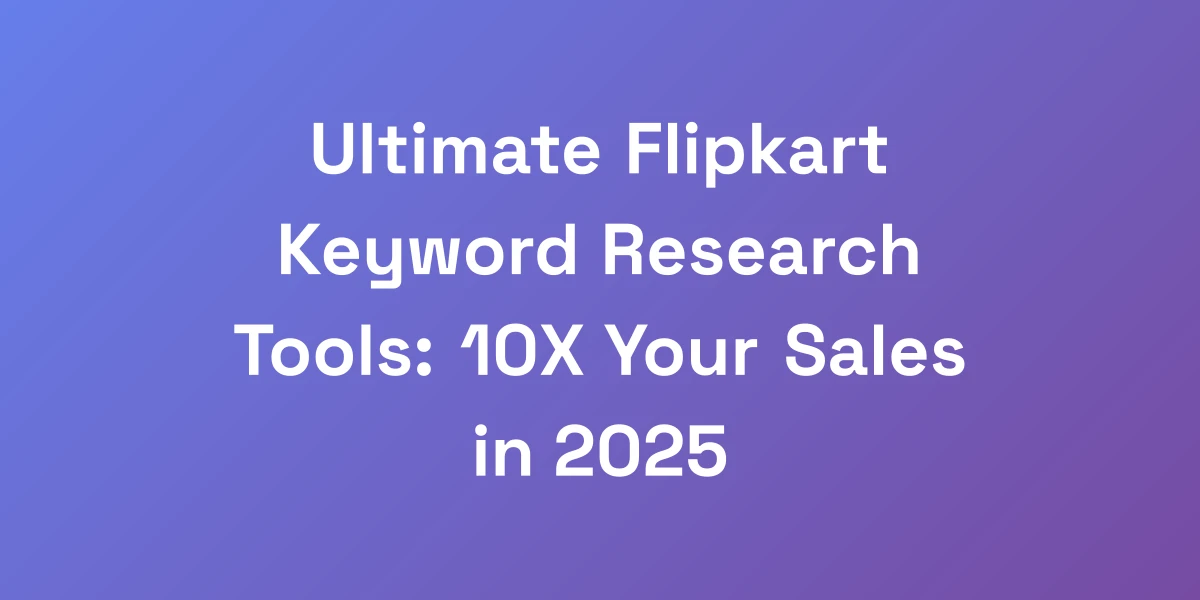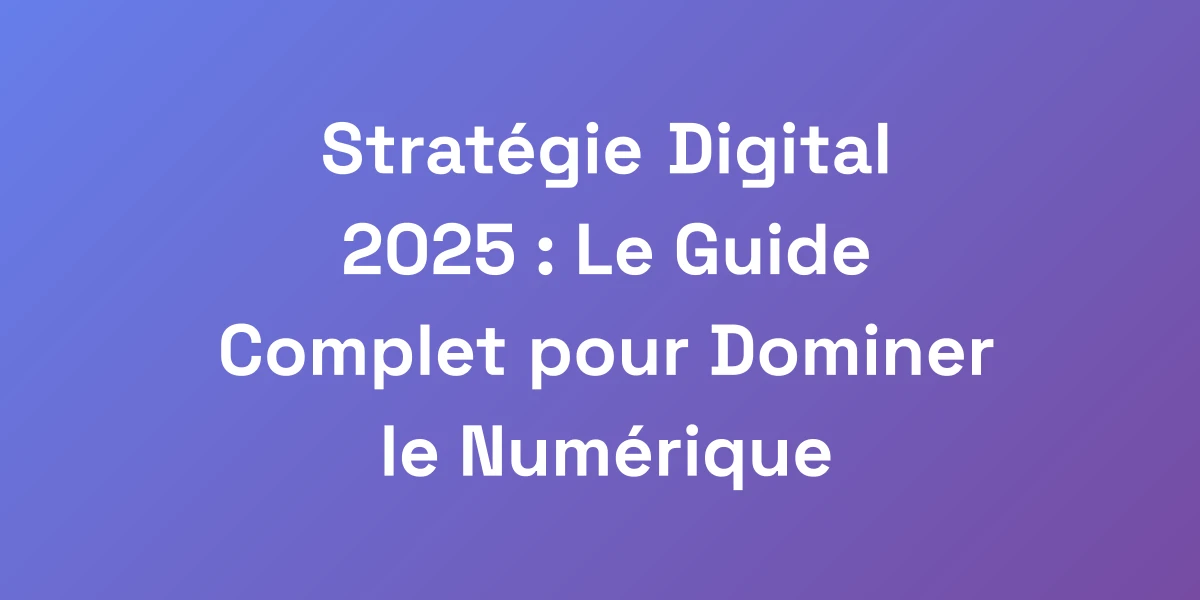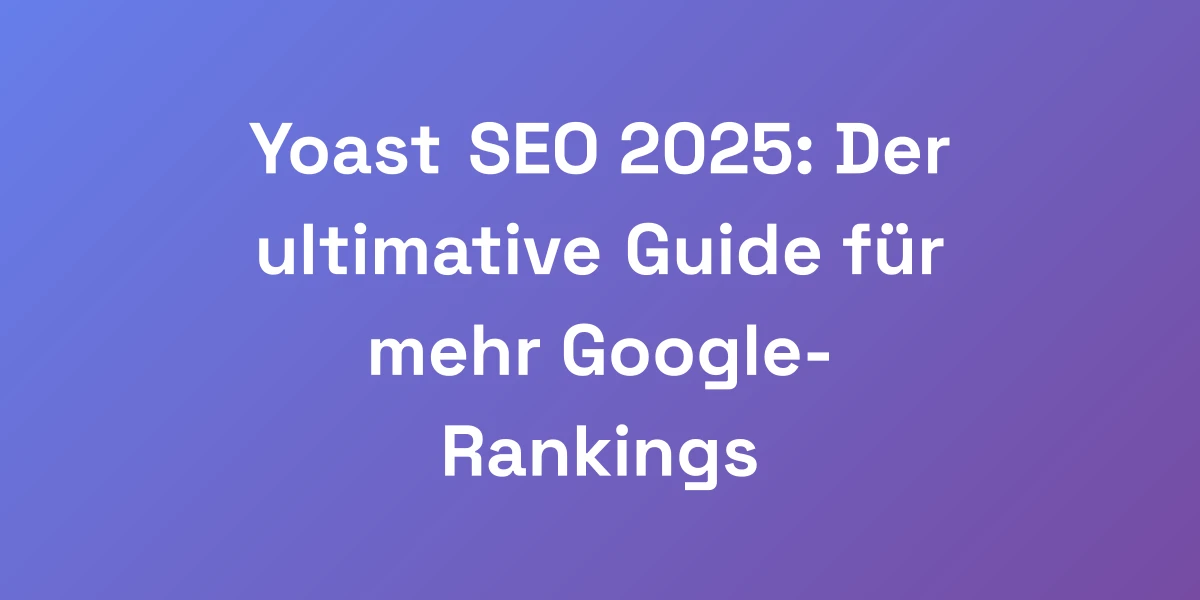SEO Lead Generation: 7-Step System to Convert Traffic into Sales
April 3, 2025 | by [email protected]

Let me cut through the BS right now – SEO isn’t about rankings anymore. It’s about turning those rankings into real money. We’ve seen it time and again: businesses stuck on page two of Google wondering why their efforts aren’t translating into revenue.
The old way of doing SEO is dead. Today, we’re giving you the exact blueprint to transform search traffic into qualified leads that actually convert. No fluff, just pure tactical execution.
Imagine this: you’re driving a truckload of traffic to your website, but it’s like a store with no cash register. Visitors come and go without ever making a purchase or filling out a form. Frustrating, right? Well, it’s time to change that narrative.
We’re diving deep into the strategies that shift your focus from mere visibility to tangible sales. Ready to turn your SEO efforts into a landing page examples that convert? Let’s get started.
Step 1: Identifying High-Intent Keywords That Actually Convert
Here’s the truth nobody tells you: 80% of your leads will come from 20% of your keywords. The secret isn’t just finding high-volume keywords – it’s finding keywords with buying intent. We’re talking about keywords that signal someone is ready to pull out their credit card.
Most SEOs chase vanity metrics. We’re going to chase dollars. Let us show you exactly how to find these golden keywords that practically print money.
Understanding Search Intent Categories That Drive Sales
Understanding search intent is the cornerstone of effective SEO lead generation. Search intent falls into several categories: informational, navigational, transactional, and commercial investigation.
Identifying the intent behind a search query allows us to tailor content that meets the user’s needs precisely when they are ready to convert.
Think of it like dating. You wouldn’t take someone on a second date if you think they’re only interested in friendship, right? Similarly, aligning your content with user intent ensures you’re attracting the right prospects.
Commercial vs. Informational Keywords: Where the Money Is
Not all keywords are created equal. Commercial keywords indicate a readiness to purchase, whereas informational keywords suggest research phase.
For example, “buy SEO services” is a commercial keyword, while “what is SEO” is informational. Focusing on commercial keywords can significantly enhance your lead quality.
- Commercial Keywords: purchase, buy, discount, deal
- Informational Keywords: how to, best way to, tips on
By targeting commercial keywords, we tap into audiences already primed to make a decision, boosting your conversion rates.
Using AIDA Framework for Keyword Selection
The AIDA framework – Attention, Interest, Desire, Action – is a proven model in marketing that applies seamlessly to keyword selection.
Start by capturing attention with broad terms. Then, use more specific keywords to build interest and desire, culminating in action-oriented keywords that drive conversions.
- Attention: High-level terms attracting a broad audience.
- Interest: More specific terms related to the visitor’s needs.
- Desire: Keywords that highlight unique selling propositions.
- Action: Transactional keywords encouraging immediate conversion.
This structured approach ensures your keyword strategy is not just about traffic but about nurturing prospects towards conversion.
Tools and Techniques for Finding Buyer-Intent Keywords
Effective keyword research is both an art and a science. Here are some tools and techniques we rely on to uncover high-intent keywords:
- Google Keyword Planner: Understand search volume and competition.
- Ahrefs: Analyze competitor keywords and discover gaps.
- SEMrush: Identify keyword difficulty and potential ROI.
- AnswerThePublic: Explore common questions and interests.
Combine these tools with specific techniques like long-tail keyword targeting, phrase matching, and auto SEO tools to pinpoint keywords that align with purchasing intent.
Competitor Analysis for High-Converting Keywords
Don’t reinvent the wheel. Analyze what your competitors are doing right and capitalize on their successes.
Identify the keywords your competitors rank for that drive conversions. Tools like Ahrefs and SEMrush can help you uncover these hidden gems.
- Identify Top Competitors: Focus on those who are ranking well for your target keywords.
- Analyze Their Content: Understand how they structure their content to target these keywords.
- Replicate and Improve: Use their strategies as a foundation and enhance them with your unique value propositions.
By leveraging competitor insights, you can fine-tune your keyword strategy to focus on terms that have already proven to convert, possibly by utilizing SEO optimization automation tools.
Step 2: Creating Content That Captures Leads (Not Just Traffic)
Stop creating content that just ranks. Start creating content that converts. The biggest mistake we see is businesses pumping out blog posts that get thousands of visitors but zero leads.
We’re going to show you our exact content framework that pre-frames visitors for conversion. This isn’t about writing pretty words – it’s about strategically moving readers from problem-aware to solution-ready, possibly by incorporating autoblogging and content marketing for small businesses.
The Problem-Agitate-Solution Framework for Lead Generation
The Problem-Agitate-Solution (PAS) framework is a powerful tool for crafting persuasive content.
- Problem: Identify the pain point your audience is experiencing.
- Agitate: Amplify the problem to highlight its significance.
- Solution: Present your product or service as the definitive solution.
By structuring your content this way, you guide readers through a journey that culminates in them recognizing your offering as the answer to their needs.
Strategic CTAs That Convert Without Being Pushy
Calls-to-action (CTAs) are the bridges between content consumption and lead generation. But here’s the kicker: they have to be strategic, not pushy.
Instead of blatant sales pitches, opt for CTAs that provide value. Think of them as gentle nudges that guide your visitors toward taking meaningful actions.
- Value-Driven CTAs: Offer something valuable in return, like a free eBook or a consultation via marketing automation for agencies.
- Placement Matters: Position CTAs where they naturally fit within the content flow.
- Clear and Concise: Ensure your CTAs are straightforward and easy to understand.
For example, instead of “Buy Now,” use “Download Your Free SEO Guide” to entice users without feeling intrusive.
Content Upgrades That Actually Work
Content upgrades are premium pieces of content that enhance the value of your standard blog posts. They’re highly targeted and designed to complement the main content.
Here’s how to make them work:
- Relevance: Ensure the upgrade is directly related to the blog post topic.
- Value: Provide actionable insights or tools that the reader can’t get elsewhere.
- Easy Access: Make the upgrade easy to download or access, preferably gated behind a simple form.
For instance, a blog post about keyword research could offer a downloadable keyword planner as a content upgrade.
The Perfect Lead Magnet Formula
A lead magnet is a free resource you offer to prospects in exchange for their contact information. But not all lead magnets are created equal.
Here’s our formula for creating the perfect lead magnet:
- Identify a Pain Point: What’s the biggest challenge your audience is facing?
- Provide a Solution: Offer a tangible solution that addresses this pain point.
- Ensure Quick Wins: Make sure your lead magnet offers immediate value and quick results.
- Make it Actionable: Ensure the lead magnet can be easily implemented by the user.
For example, a “7-Step SEO Audit Checklist” provides clear value and actionable steps, making it an irresistible lead magnet for businesses looking to optimize their SEO.
Using Social Proof in Content to Boost Conversions
Social proof is the psychological phenomenon where people look to others to determine their own actions. Incorporating social proof into your content can significantly enhance trust and credibility.
- Testimonials: Showcase satisfied customer reviews and success stories.
RELATED POSTS
View all


